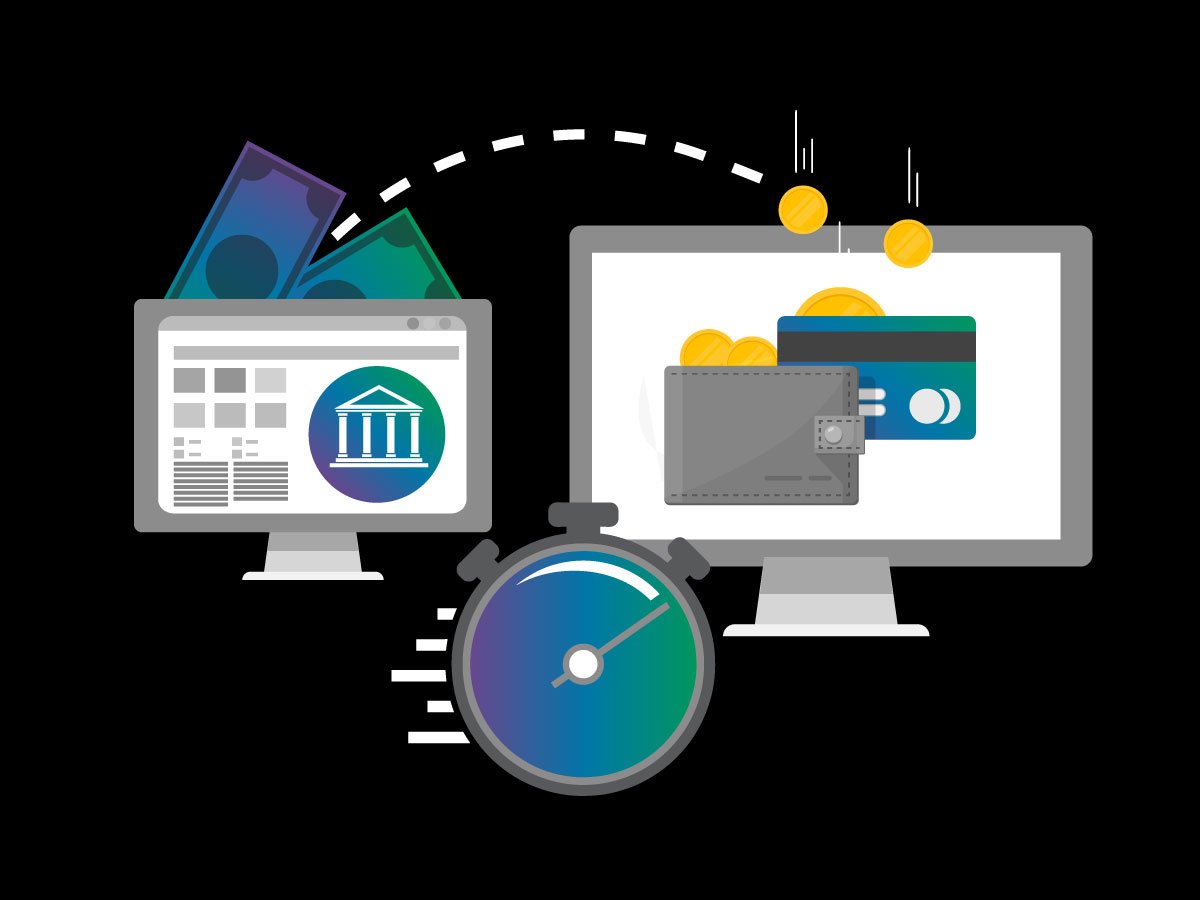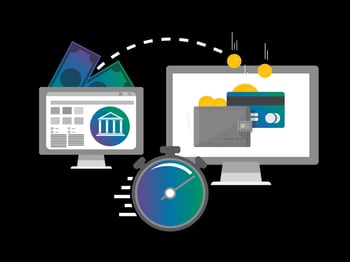A key point of Q2 Catalyst, our end-to-end suite of digital commercial solutions, is that businesses of all sizes are demanding more and more digitization and automation from their banking relationships. That demand accelerated with the pandemic, but the more recent strain caused by a tight labor market has amplified the need. Simply put, every client must do more with less—less manual labor, less time, and less churn.
Accounting processes are a prime candidate for improvement through streamlining, and by integrating bank systems with businesses’ accounting systems, companies stand to save significant time. The most debated question is not whether accounting system integration is necessary, but how best to go about it.
A Picture of the Pain
For larger companies with an accounting system, accounts payable/accounts receivable staffers spend their days bouncing between their accounting system and their online banking platform, entering and re-entering data, downloading/uploading files, and reconciling confirmation numbers. It’s a picture of inefficiency. Two recent conversations I had with commercial banks illustrate the pain caused by these time-consuming processes.
One bank executive told me about the pressure the bank was receiving from a major commercial client—a large insurance company—that basically said, “We never want to have to log in to your online banking platform again.” This insurance company has three banking relationships with three major banks, and they send and receive about 30 files a day to create a two-way conversation via file transfer. The hours they are spending to just make sure they’ve got the right files and they aren’t duplicating them is staggering. That’s just not sustainable.
Another conversation was with a bank executive that told me about a $130 million depositor that was putting out an RFP for a new enterprise resource system. As part of that RFP, the company required seamless connectivity with the bank. On the flip side, companies are using the same criteria—integration with their ERP—to select banking relationships. Automation is quickly becoming table stakes.
Leveling the Playing Field
The good news is that technology is enabling banks of any size to help all businesses—even the largest commercial clients. By integrating accounting systems with the bank’s digital banking platform, all the existing validations, security triggers, and capabilities apply.
Instant payments through payments gateways such as the Clearing House’s RTP® and the Fed’s FedNowSM make the idea of accounting system integration even more compelling. The prime value of instant payments in the commercial realm is not the immediacy, but the ability for remittance information to attach to the payment and travel with it throughout the payment workflow. Imagine if you could help your critical commercial clients cut their AP/AR staff’s time by 80%. Businesses get it, and they’re demanding it.
If this topic interests you, you won't want to miss "Planning for RTP and FedNow Services." Register today to attend. Also, you can read more about how payments innovation is leveling the playing field for all sizes of financial institutions in Q2’s fifth annual State of Commercial Banking report.





